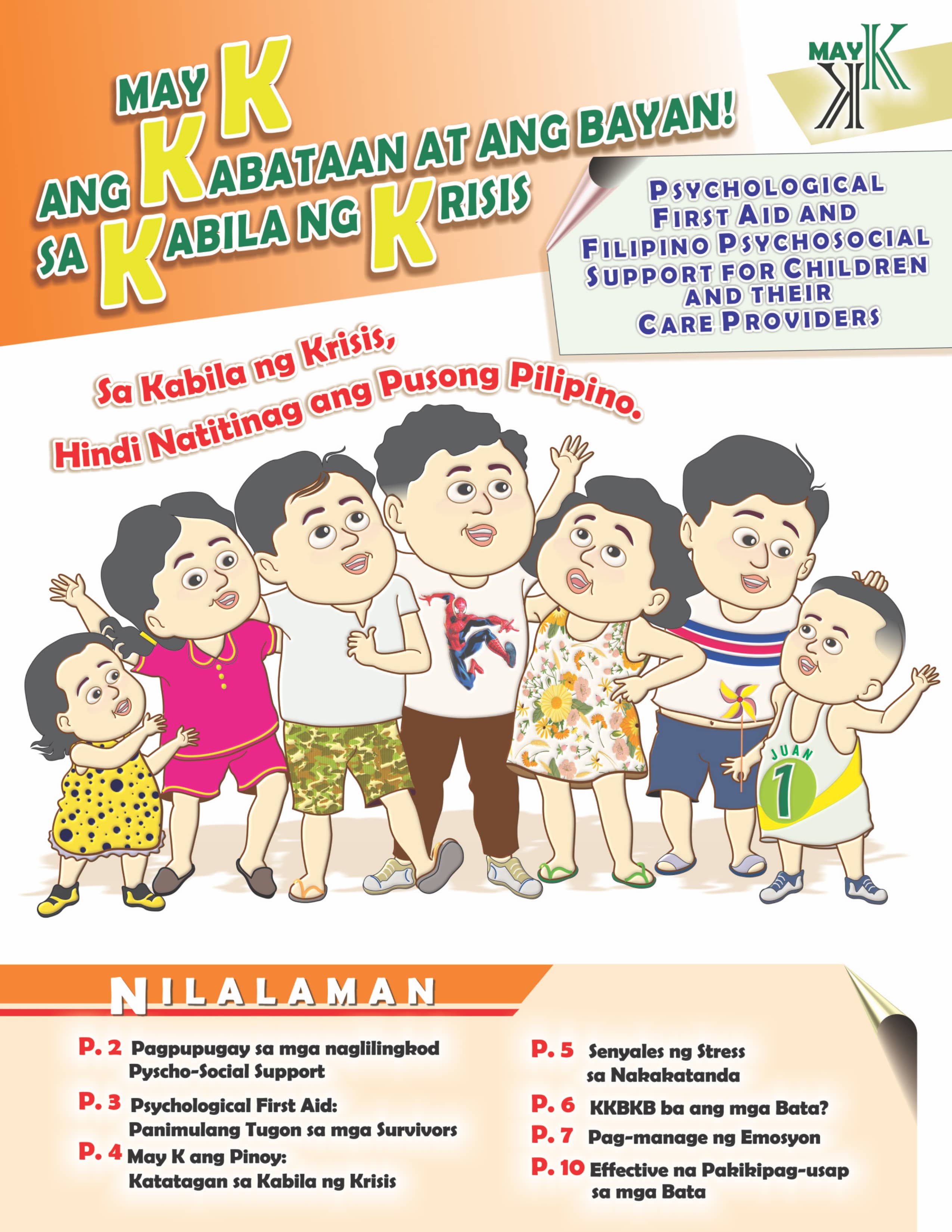The Young People’s Summit was a 3-day undertaking of the youth and was participated by more than 50 organizations representing Lumad, Moro and the settlers in Mindanao. Balay had conceived of the idea to facilitate the organizing of the event due to the enthusiastic response of young participants who joined the series of peace camp and dialogues that initiated in Cotabato. They have been in midst of all activities from the finalization of the concept, the designing of the activities and the actual conduct of the event itself. Since the activity is shaped by the youth, they have taken it upon themselves to bear responsibility in sustaining the consensus that they arrive at. The gathering held October 26-28 at Eden Nature Park and Resort was capped by the drafting of the Young People Summit Declaration. In particular, the youth bind themselves to work for the following agenda:
For the Young People:
-
Strengthened the link and network of the young people;
-
Encourage greater participation of young people to the grassroots ceasefire monitoring, particularly on its implication on young people;
-
Promote interfaith and intercultural dialogue, and conduct awareness raising activities;
-
Integrate the YPS agenda in the programs and plans of our respective organizations and networks;
-
Access to information eg., National Commission on IP for dissemination to the ranks of the young people;
-
Assist the Out of School Youth in accessing the government programs and services for OSY;
-
Review programs and policies and come up with a position paper critiquing the policies on OSY;
-
Engage the National Youth Commission (NYC), LGU’s, DILG, DSWD, Dep Ed, DOH and all other relevant government agencies, and access their programs and services;
-
Commit the total participation of the members of the network in enhancing their capacity to implement programs for the youth.
For the Government of the Republic of the Philippines:
-
Integrate the history of the peoples of Mindanao in the educational system;
-
Promote Culture of Peace;
-
Reposition military troops away from civilian communities consistent with the ceasefire agreement on security aspect;
-
Rehabilitation programs and design should be culturally appropriate and child responsive, and in consultation with affected communities;
-
Review the textbooks and other learning materials to correct the information indicated therein pertaining to Mindanao history, culture and peoples in the local councils as mandated in RA 8371;
-
Urge the GRP to conduct proper consultation among the stakeholders regarding their plan to integrate NCIP to the Department of Land Reform;
-
Hold information campaign and consider the position of the affected communities, including the young people, on the impact of the dam projects (Pulangi Dam 5 in Bukidnon and 6 in Cotabato);
-
Intensify action against illegal logging ad for environmental protection;
-
Improve policies and programs that address the needs of the Out of School Youth;
-
Conduct consultations with the youth to create or develop culture specific and culturally responsive curriculum;
-
Urge the Council for the Welfare of Children (CWC), National Anti-Poverty Commission (NAPCI) and the Commission on Human Rights-Child’s Rights Center (CHR-CRC) and other government agency to take action on the monitoring and protection of children and young people in Mindanao.
For Both the GRP and MILF
-
Transparency and accountability on the peace process and agreements;
-
Conduct widespread information drive on the peace process to reach out to
-
Large numbers of people especially the young people;
-
Access of the young people to information regarding the peace process;
-
Encourage both parties in conflict to ensure the inclusion of the concerns of young people in the agreements;
-
Recognize and respect community-based initiatives on peace building
-
Including culturally responsive ways of conflict resolution and management;
-
Recognize and promote “Children as Zones of Peace”






















